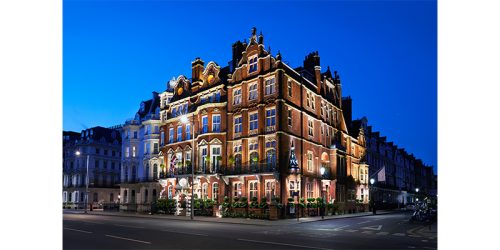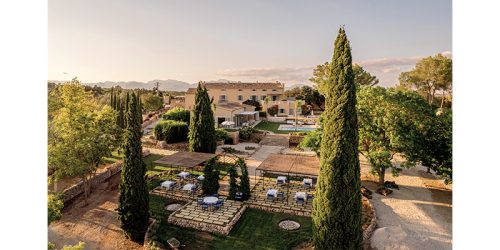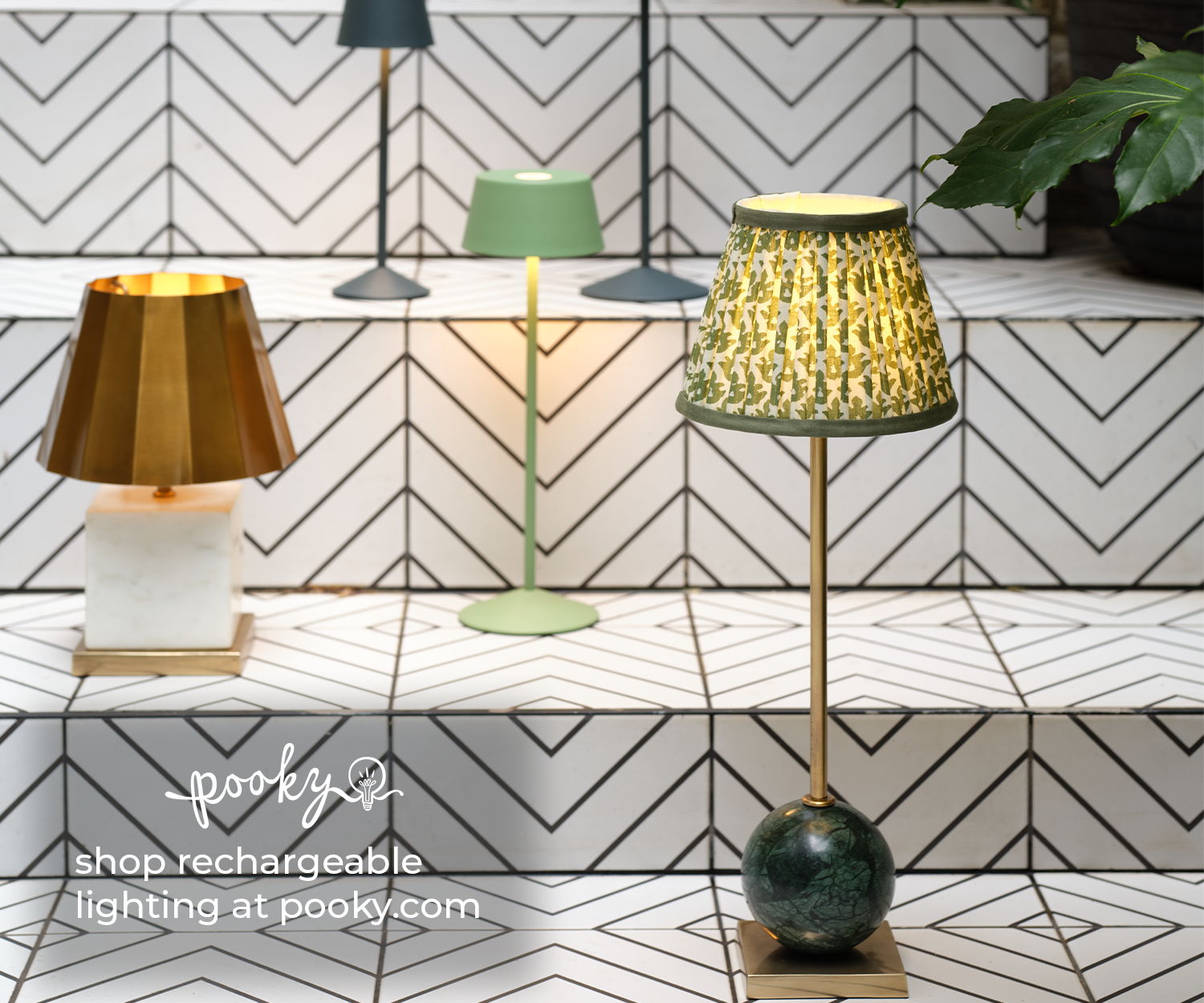Elysée Montmartre Hotel, Paris, France
A design destination where architecture, music, and sustainability take centre stage.

Tucked between two of Paris’s most iconic music venues – Le Trianon and the Élysée Montmartre – the newly unveiled Hôtel Élysée Montmartre is a unique addition to the capital’s hospitality scene. It presents a quiet interlude in a neighbourhood defined by rhythm, rebellion, and artistic history. Situated along the bustling Boulevard Rochechouart, the hotel occupies a narrow slice of the 18th arrondissement, where the buzz of Pigalle meets the serenity of Montmartre’s sloping streets. Beyond the threshold, however, lies an interior world far removed from the clamour outside – a world defined by craftsmanship, calm, and a vision with sustainable design at its core.

Elysée Montmartre Hotel, Paris, France. Comprising sixteen rooms, including four duplexes, the hotel draws a fine line between refined simplicity and quiet luxury
The hotel is the creative vision of producer Abel Nahmias and architect-entrepreneur Julien Labrousse, figures well-versed in cultural venues. Their vision was to create not just an extension of the neighbouring concert halls but a tranquil retreat that reflects the creative spirit of the area. Comprising sixteen rooms, including four duplexes, the hotel draws a fine line between refined simplicity and quiet luxury.

The use of eucalyptus wood throughout the hotel is particularly striking – not only for its softly tactile quality but for its narrative
To realise this vision, the team turned to Paris and Lisbon-based design studio Policronica, known for their minimalist ethos and innovative materials approach. Policronica took on the entire interior concept, transforming an abandoned 850-square-metre shell into a unified space of warm textures and subdued hues. Every detail – from the bespoke eucalyptus furniture to the custom brass handles – was imagined, designed, and fabricated in-house at their Lisbon workshop.
The use of eucalyptus wood throughout the hotel is particularly striking – not only for its softly tactile quality but for its narrative. A material more commonly used in papermaking, eucalyptus is often overlooked in high-end design due to its invasive reputation and association with ecological degradation. Policronica challenged this perception by sourcing the wood directly from small forest owners and developing methods to elevate its use in architectural woodwork. Their efforts included pioneering solar-powered vacuum drying techniques that reduced curing times from 18 months to six days, enabling the use of solid eucalyptus without warping or splitting. In doing so, the project became as much an exploration of alternative forestry as it was about aesthetic refinement.

The atmosphere is organic and grounded, driven by the textural interplay of wood, stone, and plant fibre
Inside, the hotel reflects a restrained, wabi-sabi sensibility. Pale linen drapes diffuse the Parisian light across sculpted wooden ceilings and exposed brick, while softly curved pink stone basins sourced from Portugal anchor the bathrooms in natural materiality. The atmosphere is organic and grounded, driven by the textural interplay of wood, stone, and plant fibre. The natural palette, rich in neutrals, allows the architecture to speak softly but distinctly.
In keeping with the space’s musical lineage, the design avoids overt theatrics. Instead, it celebrates quieter harmonies – intimate gestures like a well-worn chair, the shadow play on hand-finished walls, or the soundproof calm behind each door. While the surrounding venues have hosted legends from Bowie to Björk, the hotel acts as a kind of backstage sanctuary. Guests can even enjoy direct access to shows, with concert tickets often included in their stay, blurring the line between hospitality and cultural immersion.
The breakfast corner, offering coffee from independent roasters, continues the theme of thoughtful curation. Here, as in every corner of the hotel, the design is neither ornamental nor anonymous – it is specific, embedded, and intentional. The space does not attempt to replicate Montmartre’s history; it refracts it through a contemporary lens of craft and sustainability.
In a city known for its grand hotels and heritage luxury, Hôtel Élysée Montmartre stands apart not through opulence but through its quiet conviction. It is a place where wood once destined for pulp has become beautiful furniture, where materials hold memory, and where design functions not as a statement, but as an invitation. An invitation to pause, to listen, and to inhabit the quieter moments in a neighbourhood that rarely stops moving.










